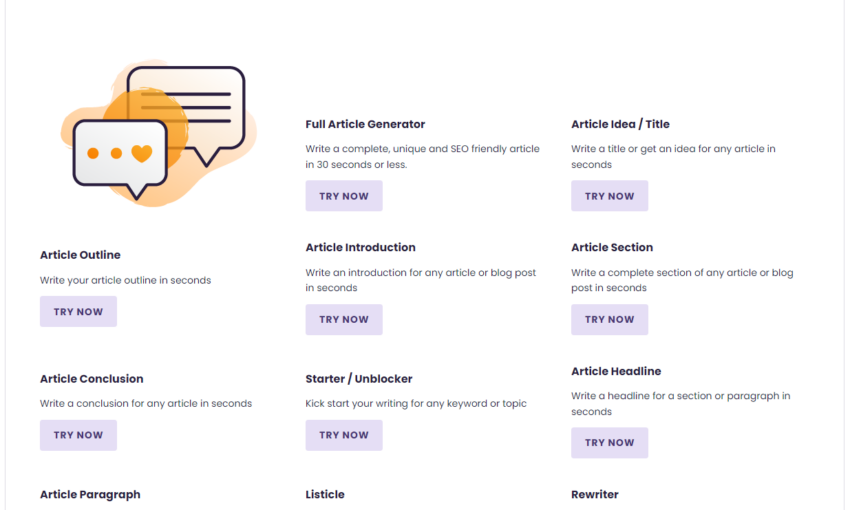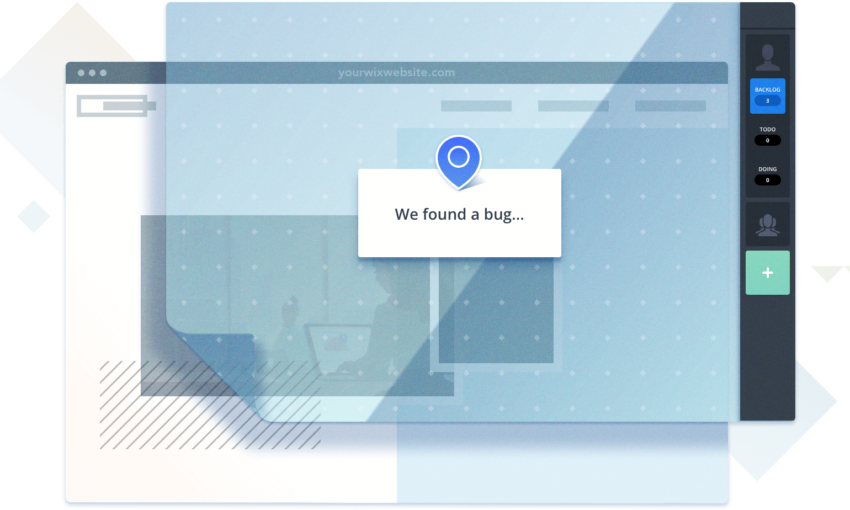One of the best parts of running a web design business is that you have the ultimate say in what it will be. You can work with who you want and charge whatever fee you think is reasonable. You can’t find that level of control just anywhere.
This is one of the great freedoms of being a freelancer or part of a small agency. You get to forge your own path. But, how do you determine which way to go?
Some designers will be happy to dabble in a little bit of everything. That means working on different types of projects and perhaps a wide range of budgets.
But others will undoubtedly want to focus in on a particular niche. This can be a bit more difficult to determine – and it’s our subject for today.
Let’s look at some items to consider when deciding where you want your web design business to go.
The Freelance Designer Toolbox
Unlimited Downloads: 500,000+ Web Templates, Icon Sets, Themes & Design Assets
All starting at only $16.50 per month
Your Tools of Choice
Before you think about clientele, it’s important to consider the tools you want to use in your web design business. This decision is a pretty big one, as it can determine your project workflow and the types of functionality you can offer.
There are any number of established paths here. For example, you might be interested in working with self-hosted content management systems (CMS) such as WordPress or Drupal. Then there are also SaaS products like Shopify, Wix or Squarespace. Alternatively, maybe your sole focus is on progressive web applications that use React or some other popular framework.
Of course, choosing one doesn’t mean you have to push the rest aside. But it is worth mentioning that the more of these types of tools you work with, the more things you have to learn.
To become really well-versed in a platform means that you’ll have to spend time with it, discovering all the different intricacies. There are only so many hours in the day to do that, so finding focus here is vital.
If you have previous experience and happen to like a particular tool, maybe the decision has already been made?

Projects in the Right Price Range
Like it or not, money is a major consideration of any web design business. If you’re a full-time freelancer, you’ll at least want to make enough to cover the bills. Or, maybe you envision yourself with a beach house and a Ferrari. Either way, it requires careful thought and planning.
When first starting out, it’s tempting to take on projects in just about any price range. It makes sense, as you need both money and some beautiful websites to fill out your portfolio. However, it’s not a practice that will sustain your business for the long term.
Over time, you’ll start to see how each project helps or hinders your finances. Some low-end projects will undoubtedly end up costing you if you spend too much time on them.
The ultimate goal is to figure out how much time you can afford to spend on a project at a given price. Then, set a baseline.
For example, you might determine that $2,000 is a good starting point for pricing, provided you spend no more than 20 hours on the project. From there, the price would increase as the amount of estimated time goes up. As an aside, it’s never a bad idea to estimate more time than you think you’ll need – unexpected issues always pop up.
It’s also worth thinking about how many new projects per year you’ll need to book in order to reach your income goals. If you find that it would take 10 new clients a year, maybe that’s reasonable for you. If the answer is more like 20 new clients, well, you may want to rethink your pricing.
In the simplest terms: Is it better to have one $5,000 project or five $1,000 projects? Continually taking on smaller gigs means you have to hustle that much more to earn a living.
These numbers are just examples. In the end, you have to figure out what works best for your business.

Client and Project Types
The final consideration in our guide is figuring out the type of clients and projects you want to work with. These can be lumped together or not at all, depending on your personal preference.
Targeting by Industry or Size
If you’re a designer with inside knowledge of a specific industry, that may give you an edge over the competition. Having worked in the medical industry, for example, could lend itself to building websites exclusively for doctors and hospitals.
The advantage here is that you can become known within that industry and develop a great reputation. Word of mouth can be highly-effective when you have proven yourself and can boast a list of happy clients.
On the other hand, not every designer wants their focus to be quite that narrow. In that case, you may look more towards businesses that can spend within your pricing range. This offers up a variety of different types of clients, which can save you from the boredom associated with doing the same projects over and over.
Targeting by Functionality
Then there are the types of projects you’re looking to book. Again, this can be as broad or narrow as you like. It also ties in with the tools you’ve chosen to work with. If, for example, you know that you want to use WordPress, maybe your preference is to work solely on WooCommerce shops.
Much like targeting an industry, this strategy helps to position your business as an expert in whatever project type you specialize in. Building up your portfolio with successful eCommerce projects, for example, can be a huge advantage in gaining lucrative new clients.
You might also find that working within a specific industry points you in this direction. These clients may have similar needs in terms of functionality – something you can use to bolster the types of services you have to offer.

Defining Your Ideal Client
Understanding the tools, budget range and type of clients/projects you want to work with will provide a great foundation for knowing your market. From there, you can learn to spot the ideal clients who can help your business thrive.
Still, knowing how you want to work and who you want to work with is only half the battle. It still takes patience and effort to get your name out there. But persistence pays off.
Here’s hoping that your journey leads you to where you want to go.
This post may contain affiliate links. See our disclosure about affiliate links here.




